Beijing, the dynamic and enthralling capital of China, boasts numerous world-class museums and art galleries. With a selection of over 150 establishments, visitors can explore a diverse range of exhibits, spanning from historical artifacts to cutting-edge technology.
Here are the top 12 must-visit museums in Beijing that you should not miss.
1. Palace Museum 故宫博物院
The Palace Museum, also known as the Forbidden City, sits right in the center of Beijing. It’s like a big museum that shows off ancient Chinese stuff from the Ming and Qing Dynasties. Inside, you can find all sorts of cool things like old paintings, fancy writing, pottery, and ancient treasures. People think it’s one of the best museums in China and even the whole world. It got listed as a UNESCO World Heritage site back in 1987. So, if you’re ever in China, don’t miss out on visiting the Palace Museum. You’ll learn a lot about Chinese history there!
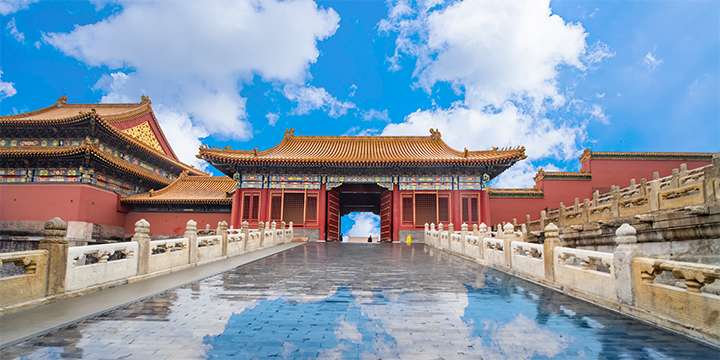
Address: Wumen Gate, No. 4, Jingshanqian Street, Dongcheng District
2. Capital Museum 首都博物馆
The Capital Museum is considered one of the best in the country. Its building is a mix of old-fashioned and modern styles, making it a unique piece of architecture. Inside, you’ll find over 200,000 ancient artifacts that tell the story of Beijing’s history, including how people lived, how the city grew, and its role as the capital. If you’re curious about Beijing’s long past, this museum is a must-visit!
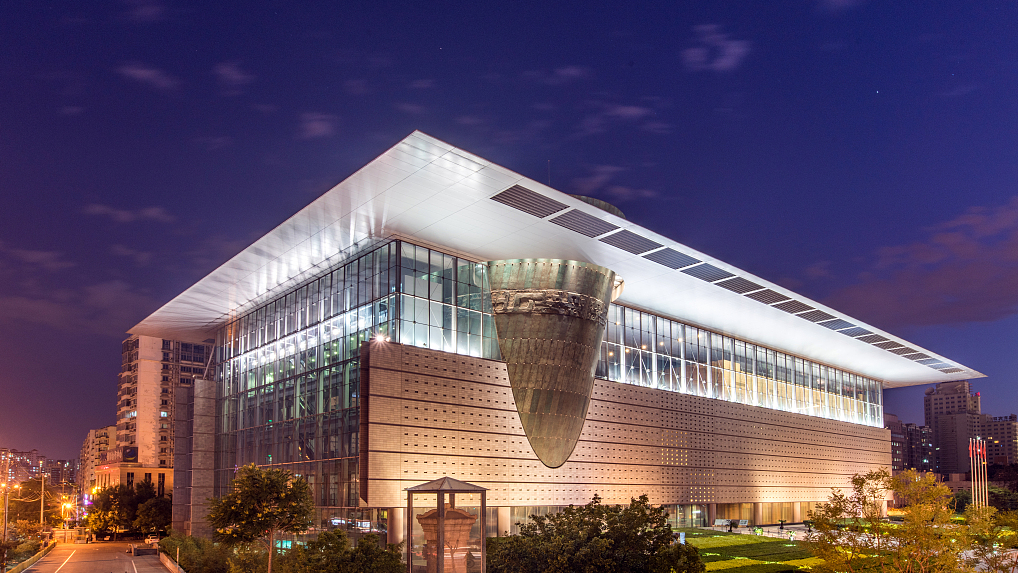
Address: No. 16, Fuxing Menwai Street, Xicheng District
3. National Museum of China 中国国家博物馆
The National Museum of China is a huge museum that focuses on both history and art, covering everything from collections to exhibitions, research, archaeology, education, and cultural exchange. With nearly 200,000 square meters of space, it’s the largest single-building museum globally. Inside, there are over 1 million artifacts displayed across 48 exhibition halls, making it one of the world’s most renowned museums with an extensive collection of Chinese cultural relics. It’s a popular destination for visitors worldwide!
Address: East side of Tiananmen Square, No. 16 Dongchang’an Street, Dongcheng District
4. Museum of the Old Summer Palace 圆明园博物馆
The Yuanmingyuan Museum, also called the Old Summer Palace Museum, is built where the Old Summer Palace once stood. Sadly, it was destroyed in 1860 during the Second Opium War. The museum opened in 1988 and aims to keep the history and culture of the old palace alive.
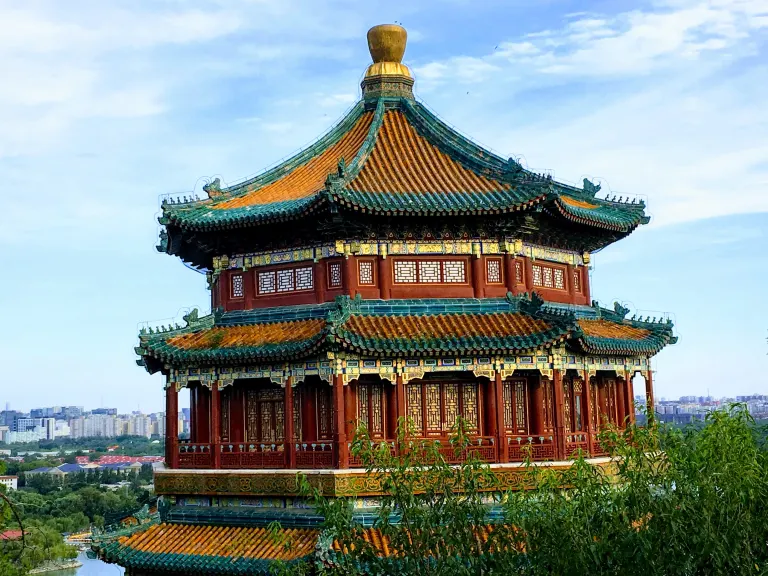
Inside, you’ll learn about the Old Summer Palace and other historical buildings like palaces, temples, and even the Beijing Silk Market, all designed in the Qing dynasty style, a prosperous era in China’s past.
Around the museum are beautiful gardens, perfect for a relaxing stroll. It’s also easy to get to, being close to the Beijing Olympic Village.
Address: 28 Qinghua, Haidian District
5. Chinese Garden Museum 中国园林博物馆
The Chinese Garden Museum, also known as the Zhang Family Garden, is a place you shouldn’t miss. It’s an outdoor museum spread across 12 hectares, showcasing the history and changes in China’s gardens.
You’ll find a big collection of classical Chinese gardens here, representing different styles and times in history. There are six gardens to explore, each with unique features reflecting traditional Chinese culture and beauty.
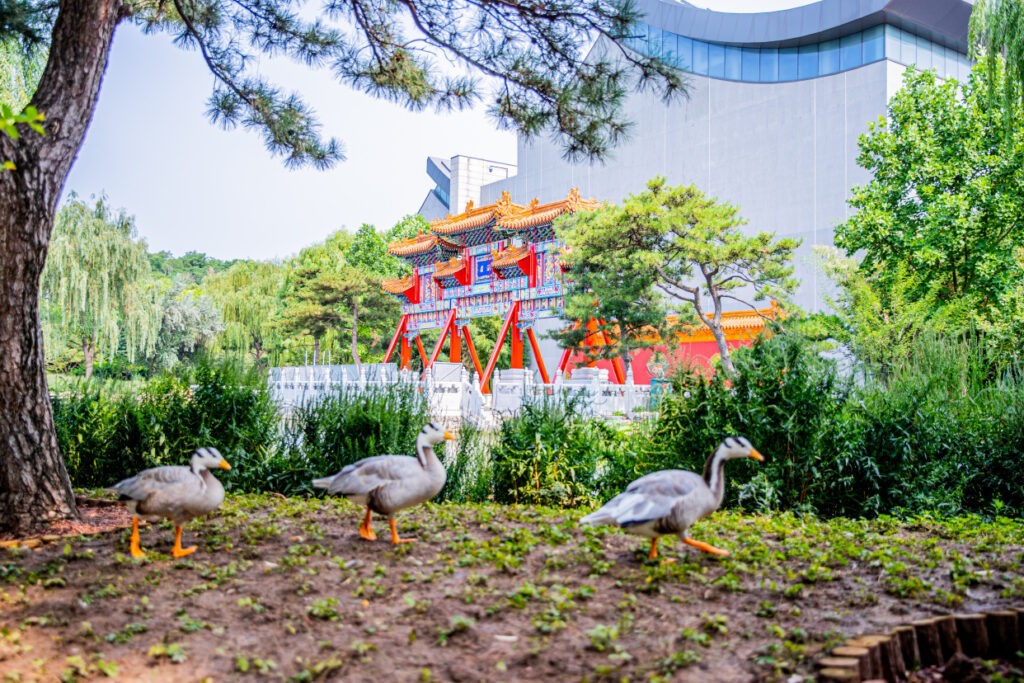
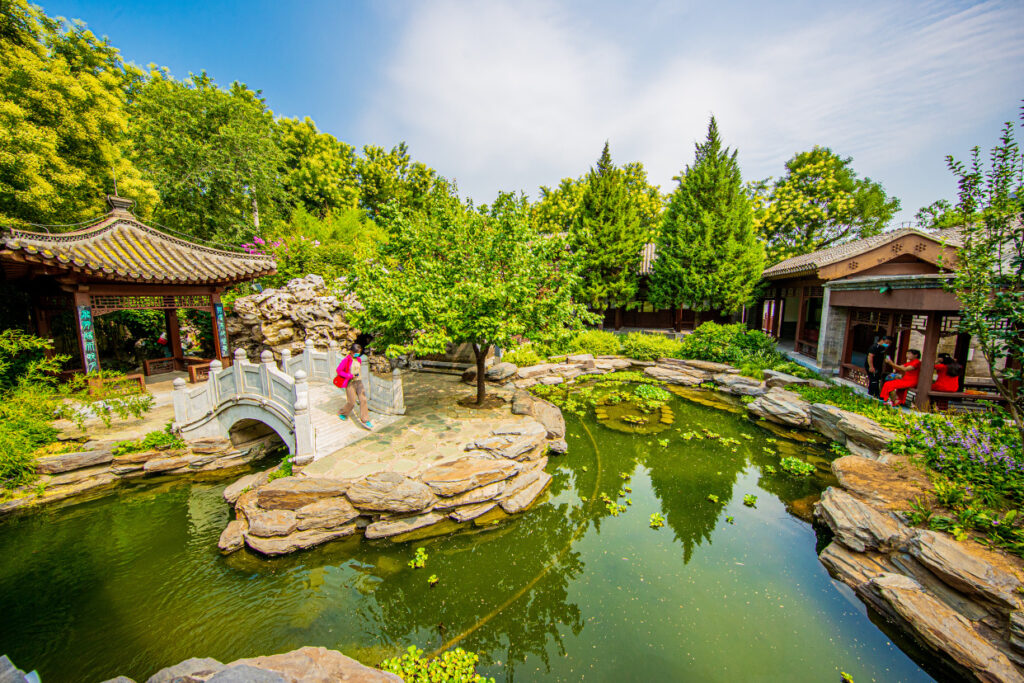
Besides the gardens, the museum also displays historical artifacts and artwork related to Chinese culture. Plus, there are workshops and fun activities where visitors can join in and learn more about the rich history and culture of Chinese gardens.
Address: 25 Xiangshan Nan, Haidian
6. Confucius Temple in Beijing 北京孔庙
The Confucius Temple Museum in Beijing sits on the ancient site of the Confucius Temple in Guozijian, dating back to 1302 during the Yuan Dynasty. Inside, you’ll find a rich collection of artifacts related to Confucius’ life and teachings, including historical relics, inscribed stones, paintings, and sculptures. The museum also hosts themed exhibits highlighting Confucius’ profound influence on Chinese culture, philosophy, and thought.
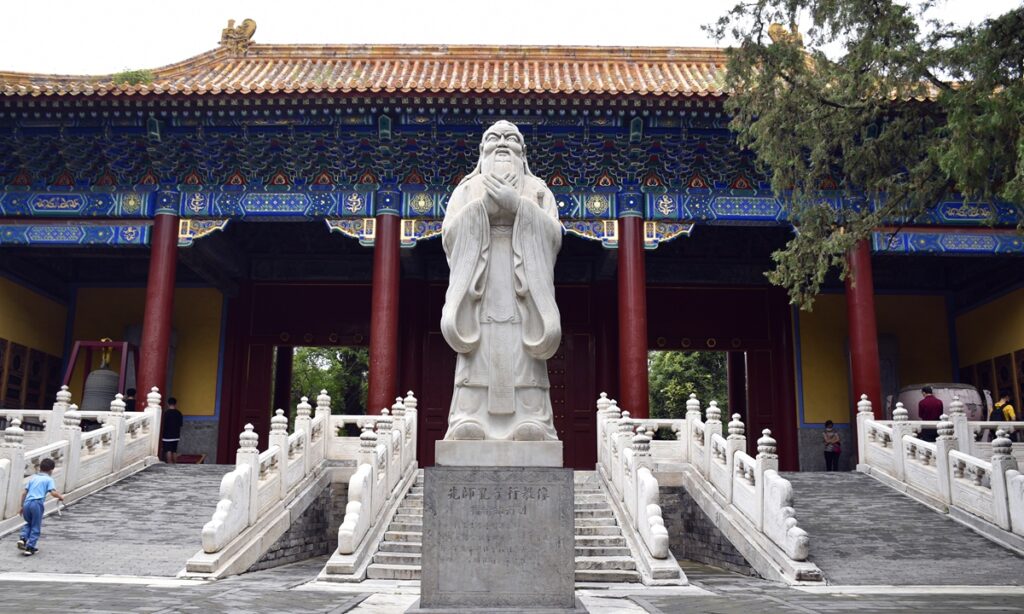
Divided into sections like the Hall of Literature, the Hall of Music, the Hall of Dance, and the Hall of Fine Arts, visitors can explore various aspects of Confucianism. Additionally, there’s a special room dedicated to the imperial examinations, pivotal in China’s educational system for centuries, reflecting the country’s commitment to high standards in child education.
For those seeking to experience one of Beijing’s finest temples, this museum offers an ideal destination.
Address: 13 Guozijian, Dongcheng
7. Beijing Museum of Natural History 北京自然博物馆
The Beijing Museum of Natural History is China’s inaugural large-scale natural history museum developed independently. Housing over 100,000 artifacts, fossils, and specimens, it boasts four core exhibits and hosts the World of Dinosaur Expo.
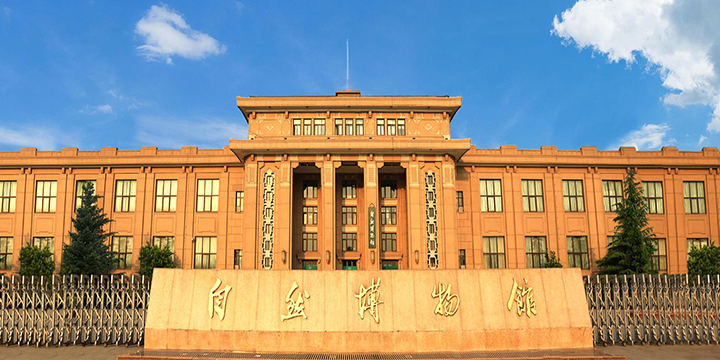
Among its prized possessions are numerous large-scale ancient mammal fossils, ranking it second globally in such collections. Notably, the museum holds a rare bone specimen of the moa bird, generously donated by the National Museum of Canterbury, New Zealand. The moa bird became extinct in 1885, making this donation particularly valuable.
Address: No. 126, Tianqiao South Street, Dongcheng District, Beijing
8. National Art Museum of China 中国美术馆
Since the establishment of New China, the National Art Museum has become a significant cultural landmark. It houses a vast collection of over 110,000 fine art pieces spanning from ancient times to the present day. These artworks include masterpieces by renowned Chinese artists from various periods, offering a comprehensive narrative of China’s art evolution.
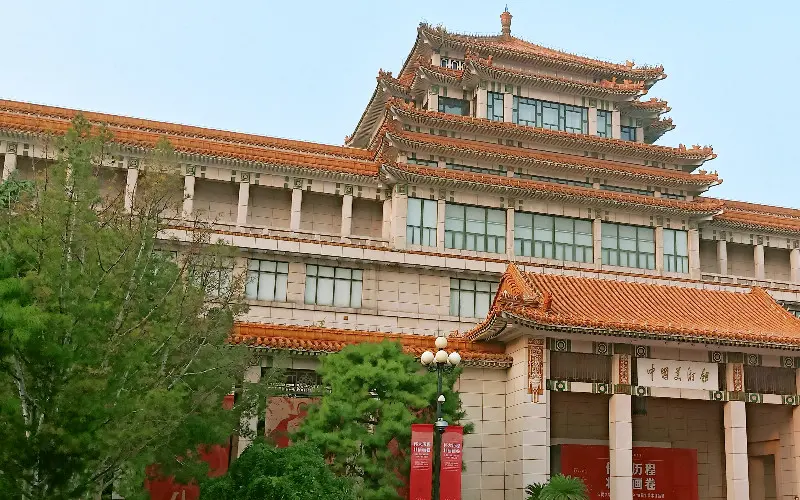
As the apex institution of Chinese art, the National Art Museum seamlessly integrates exhibitions, collections, research, public education, international exchanges, art restoration, and cultural and creative industries. It stands as a beacon of Chinese artistic expression and cultural heritage on the global stage.
Address: No.1, Wusi Street, Dongcheng District
9. China Railway Museum 中国铁道博物馆
The China Railway Museum, spread across an expansive 1,000 square meters, is a premier national railway museum in China. Initially known as the Ministry of Railways Science and Technology Museum, it underwent a transformation in 2003, earning its current name. The museum comprises three main pavilions: Zhengyangmen Pavilion, Dongjiao Pavilion, and Zhan Tianyou Memorial Hall.
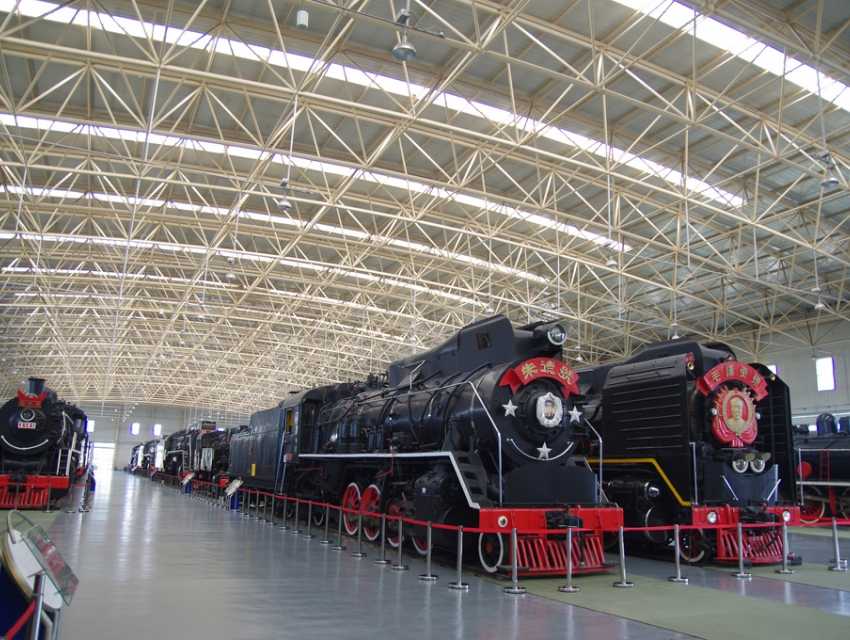
Among its prized possessions, the “No. 0” steam locomotive holds a special place. Procured from the Scottish Locomotive Factory in 1882, it remains the oldest locomotive in China and stands as the museum’s most cherished treasure.
Address: North side of No. 1 Jiuxianqiao North Road, Chaoyang District
10. China National Film Museum 中国电影博物馆
The China National Film Museum is the world’s largest professional film museum, dedicated to commemorating the centennial of Chinese cinema. Serving as an artistic landmark, it offers a comprehensive journey through the evolution of Chinese film over the past century, alongside exhibitions on film science and technology, cultural dissemination, and academic research exchange.
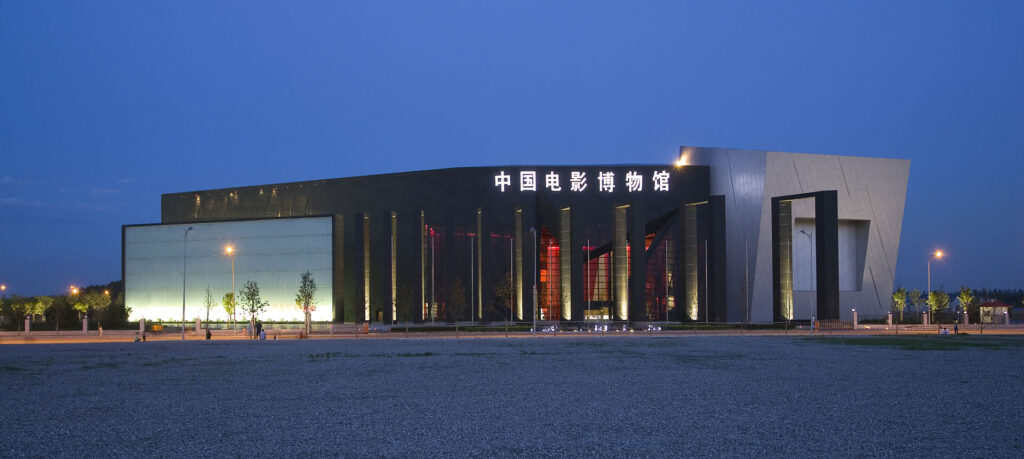
With 21 exhibition halls, the museum showcases over 1,500 films, 4,300 pictures, 450 film professionals, and a staggering collection of 40,000 items. Additionally, it boasts six cinemas capable of accommodating over 1,000 visitors simultaneously, making it a vibrant hub for film enthusiasts and scholars alike.
Address: No. 9, Nanying Street, Chaoyang District
11. Beijing Auto Museum 北京汽车博物馆
The Beijing Automobile Museum is China’s first-ever car museum. It covers an area of about 50,000 square meters and serves as a mix of a museum, a science and technology center, and an exhibition hall.
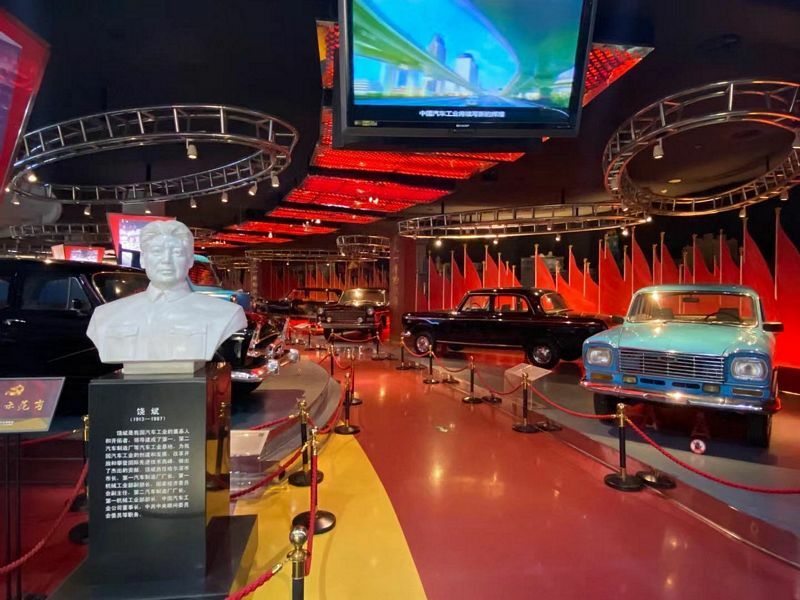
Inside, you’ll find different areas showcasing cars, science, entertainment, and more. It’s the biggest auto museum in China, featuring the coolest collections, the latest tech, and the most advanced displays. It’s a great place to visit for anyone interested in cars!
Address: No. 126 Nansihuan West Road, Fengtai District
12. Chinese Aviation Museum 中国航空博物馆
The Chinese Aviation Museum in Beijing is a cool place with over 200 airplanes, including military planes, helicopters, and rockets from way back in the 1910s to now. They’ve also got weapons and other stuff from the military.
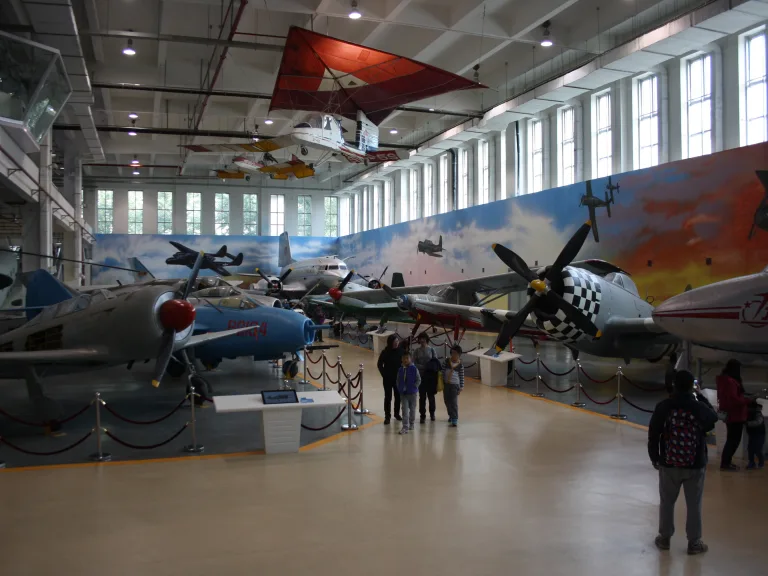
Inside, you’ll find different sections showing different times in aviation history. You can check out World War II planes like the Japanese Zero fighter and Chinese military planes like the Chengdu J-7 and the J-20 fifth-generation fighter, which was super powerful for its time.
There’s also a part about how planes changed China, especially before the 1970s when it was mostly countryside. And if you want to feel like you’re flying, they’ve got simulators and fun stuff like that. It’s a great spot for anyone into planes or history!
Address: 15 Airport Avenue, Chaoyang District
Leave a Reply